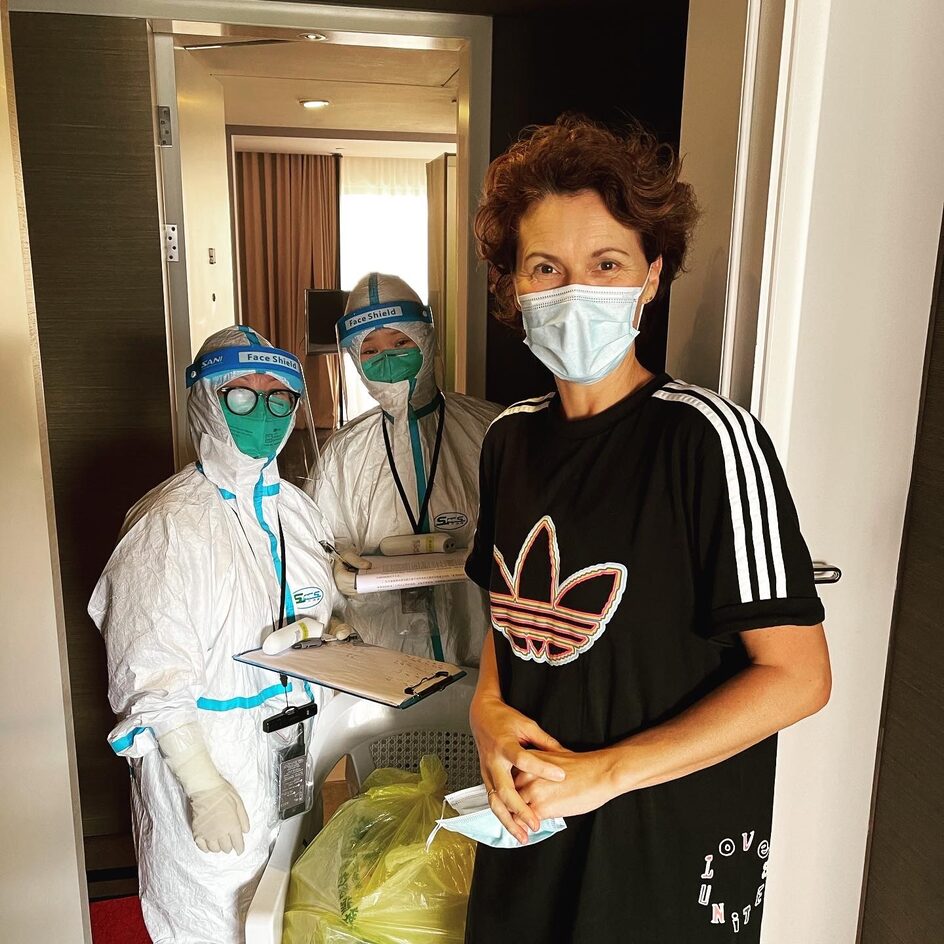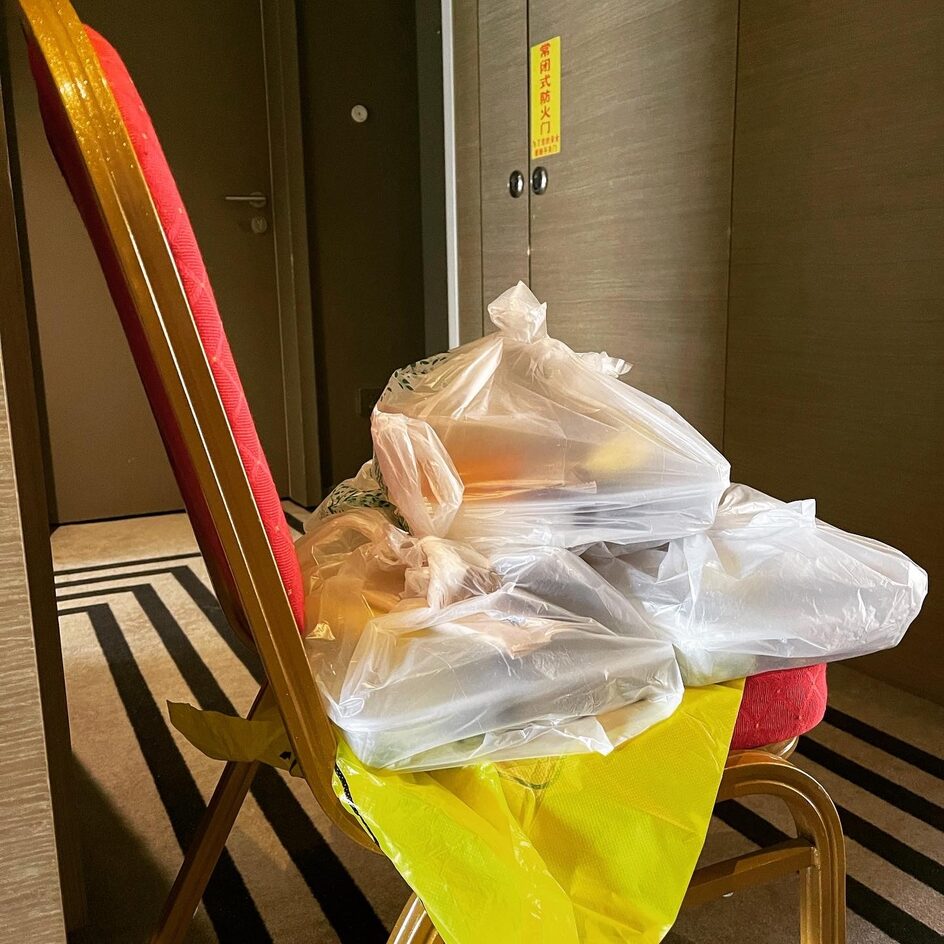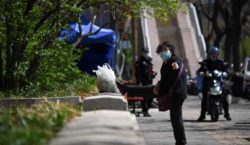
Danish media TV2’s new Asia correspondent has arrived in Shanghai and been through a tough three-week mandatory quarantine. In a recent article, Christina Boutrup shares her story of how China’s extreme quarantine system works.
Read her story here:
China is known for having some of the world’s strictest covid-19 restrictions, and there is zero-tolerance for new cases of infection. This means that the country’s borders have largely been closed since the start of the pandemic and that you are only allowed in if you have a so-called recognizable purpose.
In my case, it was my new job as an Asian correspondent based in Shanghai.
It is not surprisingly much more difficult to move abroad in the middle of a pandemic, because all common procedures are put out of play. It is also natural that you have to document your health status when crossing national borders. But it does not seem entirely logical that you should be quarantined for three weeks when you have been fully vaccinated and have delivered a new covid-19 test and antibody test before departure. But that is how the rules are in China, and later I understood why. I will come back to that.
A green QR code is a must
The challenges already started at the airport in Copenhagen before I departed for China at the beginning of August. Here, all passengers had to upload their test results to the Chinese embassy in Denmark and then wait for the Chinese authorities to conjure them into a green QR code. Without it, there is no access to China.
My family and I managed to get the four green codes, eight minutes before the SAS counter closed, which meant that our luggage did not make it onto the plane. But the most important thing was that we were allowed on the plane and landed in Shanghai the next morning.
In Shanghai, we started the day by having our temperature measured by healthcare professionals wearing full protective equipment. Then we were tested again and asked to generate a new QR code with our personal information in the popular Chinese app WeChat. At no time did we meet any Chinese staff who did not look like aliens dressed in full protective gear and we were sprayed several times with disinfectant in a special corridor built for the purpose. My husband got chlorine stains on his pants and I just managed to save TV 2’s equipment from getting soaked.
It started to dawn on us that we would be considered infected for the next three weeks.
Late in the afternoon, we were taken out of the airport and onto a bus which took us to the hotel where we were to spend the next two weeks. The door to the hotel room was only opened when we were served food three times a day or had our temperature measured twice a day. Every third day we were tested. The window could only be opened ten centimeters, but I consoled myself with the fact that it is still too hot and humid at this time of year.
Close contact with an infected person
After a week, we got a call from the reception and told us that we had been in close contact with an infected person. It amazed us because it had been so hard to get on the plane to China. How was that even possible? It turned out that we had been sitting near an infected person on board the SAS flight to Shanghai, who had now tested positive for covid-19.
Suddenly it all made a little more sense. At least when a country like China have a zero tolerance strategy for covid-19.
The last week of home quarantine was better than feared because it turned out that we were allowed to go outside wearing facemasks if we stayed away from large crowds. We were even entrusted with the task of measuring our own temperature twice a day. Every night we had to send the measurements to the contact person from the local committee of the Communist Party who was responsible for keeping an eye on us.
With two more negative tests in hand, we were finally released into Chinese society after a three-week quarantine. Now we are allowed to move around freely – As long as we have a green QR code.






